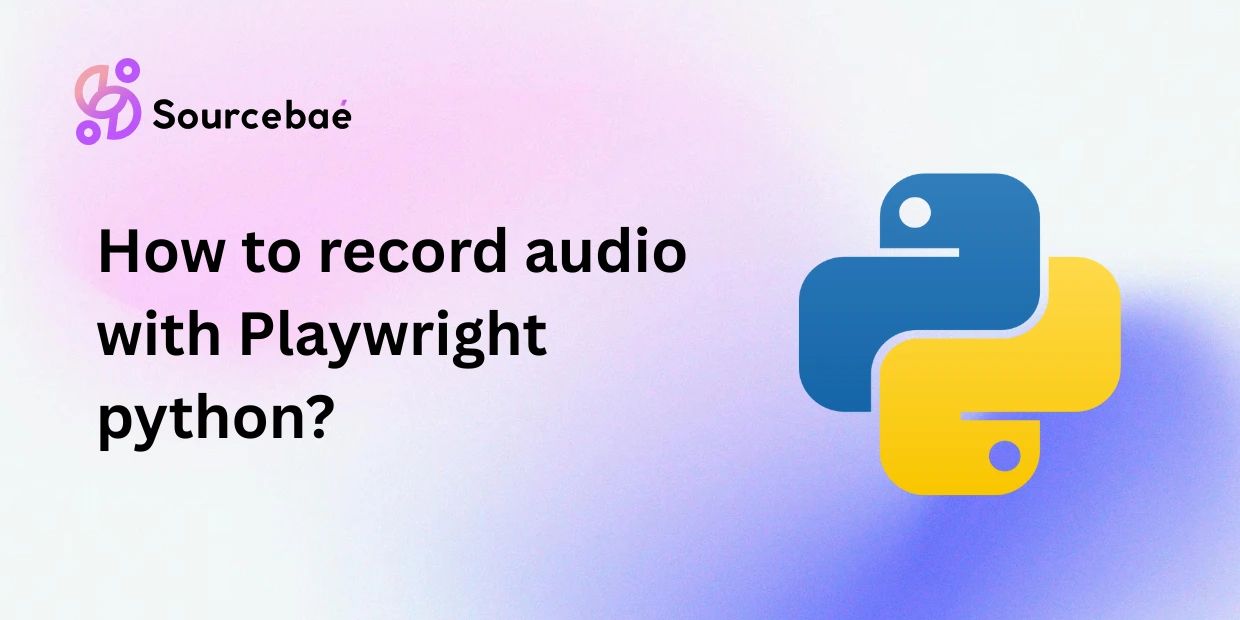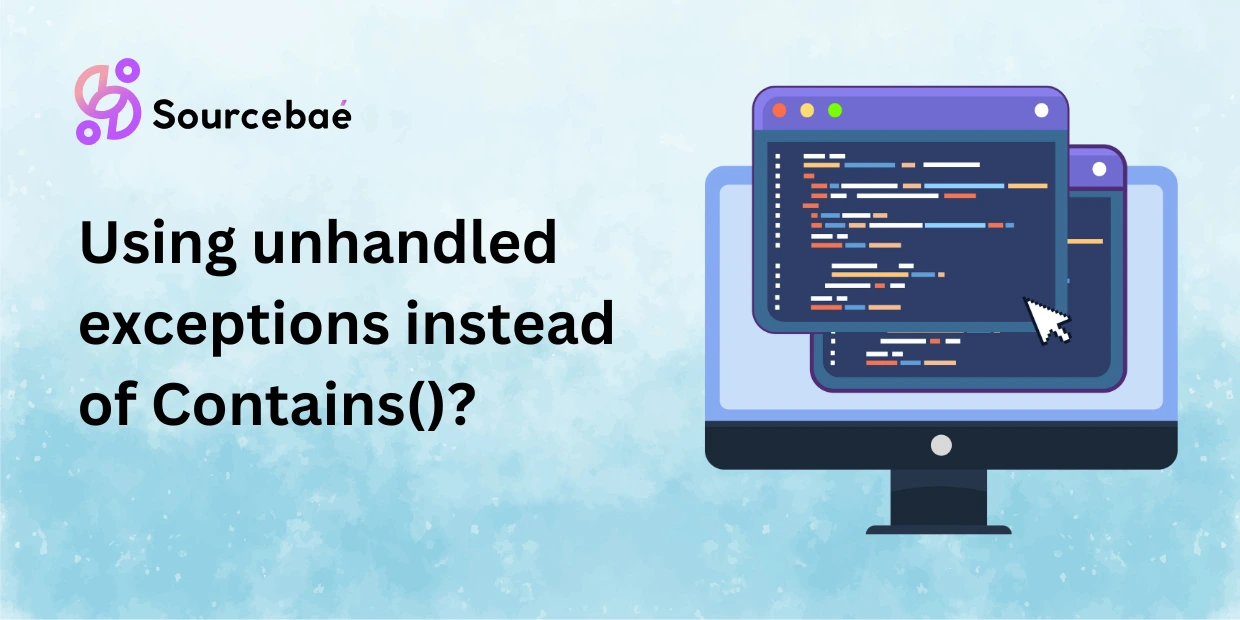Python web scraping is a powerful and popular technique used to extract data from websites. It allows developers, data scientists, and researchers to gather valuable information from the web and use it for various purposes such as data analysis, market research, and more. In this article, we will delve into the world of Python web scraping, covering essential concepts, tools, best practices, and real-world applications.
What is Python Web Scraping?
Web scraping is the process of automatically extracting data from websites. Python, with its rich libraries and tools, is widely used for web scraping tasks due to its simplicity and flexibility. Python web scraping involves using HTTP requests, parsing HTML, and navigating the DOM (Document Object Model) to extract relevant information from web pages.
The Basics of Python Web Scraping
Python web scraping can be broken down into the following steps:
1. Sending HTTP Requests
To retrieve web page data, we need to send HTTP requests to the website’s server. Python provides libraries like requests that make it easy to send GET and POST requests to fetch data.
2. Parsing HTML
Once the server responds with the web page’s HTML content, we use parsing libraries like BeautifulSoup to extract the relevant data from the HTML structure.
3. Navigating the DOM
The Document Object Model (DOM) represents the web page’s structure as a tree of nodes. We can use Python libraries like lxml or xml to navigate this tree and locate the desired elements.
4. Extracting Data
Once we’ve identified the target elements using CSS selectors or XPaths, we can extract the data, which could be text, images, or other media.
Essential Tools for Python Web Scraping
Several Python libraries and tools are widely used for web scraping tasks. Let’s explore some of the most popular ones:
1. BeautifulSoup:
BeautifulSoup is a robust parsing library that makes it easy to scrape data from HTML and XML documents. It provides a simple API for navigating and searching the parse tree.
2. Scrapy:
Scrapy is a comprehensive web scraping framework that provides powerful features like built-in support for handling cookies, session management, and data export to various formats.
3. Selenium:
Selenium is mainly used for scraping websites that heavily rely on JavaScript for rendering content. It automates browsers, allowing dynamic page content to be scraped.
4. Requests:
The Requests library is used for sending HTTP requests and handling responses. It’s a lightweight and user-friendly library that simplifies the process of fetching web pages.
5. Pandas:
Pandas is an essential library for data analysis in Python. It can be used to clean and manipulate scraped data, making it suitable for further analysis.
Tips and Best Practices for Python Web Scraping
Python web scraping can be a challenging task due to dynamic websites, anti-scraping measures, and potential legal concerns. Here are some tips and best practices to ensure smooth and ethical web scraping:
1. Respect Website’s Terms of Service:
Before scraping any website, make sure to review and respect their terms of service or robots.txt file. Some websites explicitly prohibit scraping, while others may have rate limits.
2. Use Efficient Scraping Techniques:
Try to minimize the number of requests to the server and use appropriate delay between requests to avoid overloading the website.
3. Avoid Scraping Publicly Sensitive Data:
Avoid scraping sensitive information, such as personal data, unless you have explicit permission to do so.
4. Use User-Agents:
Some websites may block suspicious User-Agent headers. To avoid this, set a valid User-Agent for your scraper.
5. Handling Pagination:
For scraping multiple pages, handle pagination efficiently to collect all the desired data.
Real-World Applications of Python Web Scraping
Python web scraping finds applications in various domains. Here are some real-world examples:
1. Market Research:
Scrape competitor pricing data, customer reviews, and product specifications to gain insights for market research.
2. Data Analysis:
Extract data from financial websites or social media platforms to analyze market trends and sentiments.
3. Content Aggregation:
Aggregate news articles, blog posts, or other content from different sources for creating content-rich websites.
4. Lead Generation:
Scrape contact information from websites to build a potential customer database.
FAQs
Q: Is Python web scraping legal?
A: While web scraping itself is not illegal, scraping certain websites without permission may violate their terms of service or copyright laws. Always review the website’s policies before scraping.
Q: What are some common challenges in Python web scraping?
A: Some common challenges include handling dynamic content loaded via JavaScript, dealing with CAPTCHAs, and avoiding IP blocking.
Q: Can web scraping slow down a website?
A: Excessive and aggressive scraping can increase the website’s server load, impacting its performance. Responsible scraping techniques can minimize this risk.
Q: How can I avoid getting blocked while scraping?
A: Use user-agents, limit request rates, and employ rotating proxies to avoid being detected as a scraper.
Q: What is the difference between web scraping and web crawling?
A: Web crawling involves navigating through web pages to index them for search engines, while web scraping is specifically about extracting data from websites.
Q: How often should I update my web scraper?
A: The frequency of updates depends on the changing nature of the website you’re scraping. Regular updates are essential for accurate data.
Conclusion
Python web scraping is a valuable skill that opens up a world of possibilities for data extraction and analysis. With the right tools, best practices, and ethical approach, you can harness the power of web scraping for various applications. Remember to respect websites’ policies and stay up-to-date with the latest advancements in web scraping techniques. Happy scraping!






